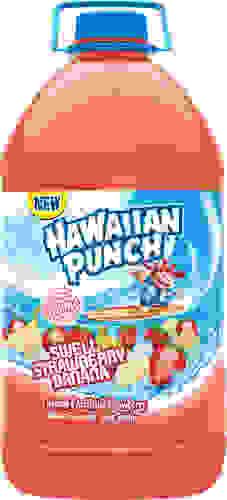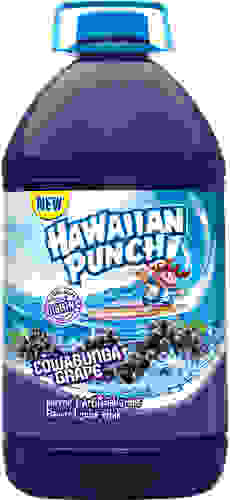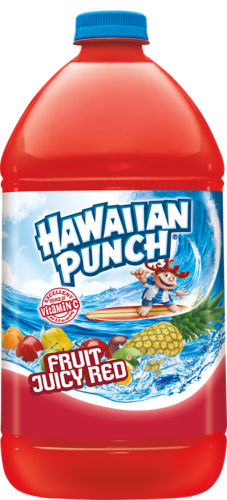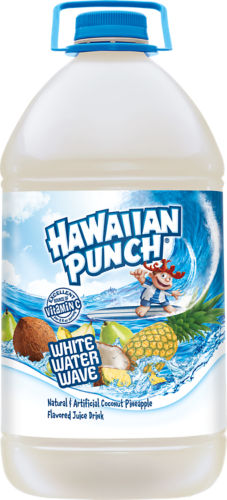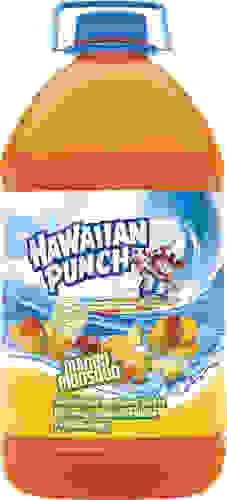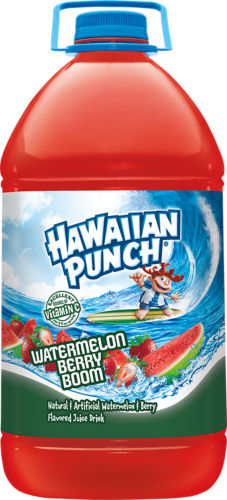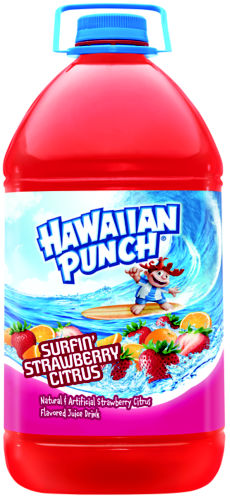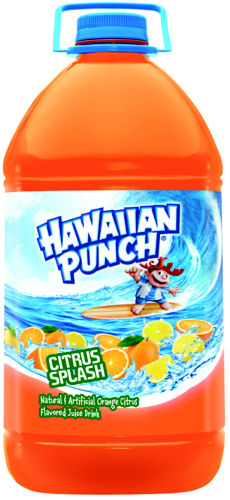These Terms of Use ("Terms") apply to your use of those Company web sites, web pages, interactive features, applications, widgets, blogs, text numbers, social networking sites and other Company online or wireless offerings, and their respective contents, that post a link to these Terms, including those listed above, whether accessed via computer, mobile device or other technology ("Site" and "Sites"). The Sites are offered byDr Pepper/Seven Up, Inc., Mott’s LLP, Snapple Beverage Corp., Canada Dry Mott’s, Inc. and applicable Dr Pepper Snapple Group parent, subsidiary and affiliated companies, Site developers and other promotional partners (collectively, "the Company," or "we", "us", "our"). Some of our other sites and/or programs may have their own, possibly different, policies that are posted on their own sites. We encourage you to review those policies when using those sites.
CONDITIONAL USE OF THIS SITE
Your access to and use of the Sites (or any part thereof) is subject to these Terms, and all applicable laws. Certain features of the Site may have additional terms, such as promotion official rules, site content and behavior guidelines, and other terms and conditions. These Terms govern your rights and responsibilities in connection with the particular Site you are using. By accessing and using the Sites and such other features, you signify your acceptance and agreement to be bound by these Terms and the Company Privacy Policy (the "Privacy Policy"), which is hereby incorporated by this reference into these Terms, and such other terms as may be applicable. These Terms are a binding legal agreement between you and the Company: please read them carefully before you use the Site. Do not use the Site if you do not agree with any of the terms contained herein.
RIGHTS; RESPONSIBILITIES; AND GENERAL RESTRICTIONS
- You may use the Sites for your own personal, non-commercial informational or entertainment purposes only.
- You may not copy, reproduce, reuse, retransmit, adapt, publish, frame, upload, modify, create derivative works from or based upon, transmit, decompile, reverse engineer, incorporate into any hardware or software application, broadcast, distribute or otherwise use or exploit any Site Content (as defined below) in any way, including for any public or commercial purpose whatsoever, without our express authorization.
- You may not use any third parties' likenesses, names, and/or properties without their express permission.
- You may not send or post to the Site or link, embed or otherwise display via the Site any material (including, without limitation, any of your own user submissions) that is: unlawful, harmful (including any virus), threatening, libelous, defamatory, obscene, vulgar, scandalous, inflammatory, pornographic, indecent or profane, hateful, racially, culturally or ethnically offensive, or that encourages criminal conduct, or that gives rise, or potentially gives rise, to civil or criminal liability, or that could constitute or encourage a violation of any applicable laws, rules, regulations or governmentguidelines ("Applicable Laws"), or that infringes or violates other parties' intellectual property, publicity, or privacy rights or links to infringing or unauthorized content.
- You may not do anything on the Site that would prevent other users' access to or use of the Site or any part thereof.
- We may review, edit or delete materials you or others send to the Sites for any reason in our sole discretion, but are not obligated to do so.
- You are responsible for maintaining the confidentiality of any username or passwords associated with access to the Site or your account (including in those instances in which the Site uses the account creation mechanism and management of a third party’s social network, website or device) and to monitor and assume responsibility for all activities that occur under your username and/or password.
- We may cancel any registration(s) or account(s) on the Sites at any time, without notice or liability, for any reason, including if technical problems, irregularities or misuse occurs.
OWNERSHIP OF MATERIAL YOU SEND.
Subject to the application of the Privacy Policy to personal data, any material you send to the Sites will be deemed non-confidential and non-proprietary. This includes any data, questions, comments, suggestions, ideas or other information, material or property. We (or our designees) will be entitled to use any or all of it for any purpose, WITHOUT COMPENSATION TO YOU, including for reproduction, disclosure, transmission, publication, broadcast and posting. You must only send material to the Site if you are the original author of the material or otherwise have the necessary rights to use that material.
DISCLAIMER
We try to make the Site and its contents reliable, but inaccuracies may occur. Therefore, regardless of anything else on the Site or in these Terms:
- USE OF THE SITE IS AT YOUR OWN RISK;
- THE SITE IS PROVIDED TO YOU "AS IS"; "WITH ALL FAULTS" AND "AS AVAILABLE"; AND
- TO THE FULLEST EXTENT PERMITTED BY APPLICABLE LAW, WE AND OUR RELATED PARTIES DISCLAIM ALL WARRANTIES REGARDING THE SITE, AND SHALL NOT BE RESPONSIBLE OR LIABLE FOR ANY DAMAGES ARISING OUT OF:
- STATEMENTS, ERRORS OR OMISSIONS IN THE SITE;
- CONTENT INFRINGING ANY THIRD PARTY'S RIGHTS;
- VIRUSES THAT MAY BE TRANSMITTED TO YOUR COMPUTER, PHONE, OR OTHER ELECTRONIC DEVICE;
- LINKING TO ANY OTHER SITE OR ITS NATURE OR CONTENTS;
- ANY UNAUTHORIZED ACCESS TO OR USE OF THE COMPANY’S SECURE SERVERS AND/ OR ANY AND ALL PERSONAL INFORMATION STORED THEREIN;
- PERSONAL INJURY OR PROPERTY DAMAGE; OR
- ANY OTHER MATTER REGARDING THE SITE AND YOUR USE OF IT.
INDEMNIFICATION.
BY USING THE SITE, YOU AGREE TO INDEMNIFY, DEFEND AND HOLD HARMLESS THE COMPANY AND ITS RELATED PARTIES, AND ITS AND THEIR RESPECTIVE OFFICERS, EMPLOYEES, DIRECTORS, SHAREHOLDERS, AGENTS, LICENSORS, SUCCESSORS AND ASSIGNS, FROM ALL DAMAGES, COSTS AND EXPENSES, INCLUDING REASONABLE LAWYER'S FEES AND COSTS, ARISING OUT OF ANY OF THE FOLLOWING:
- ANY CLAIMS FOR INFRINGEMENT OF INTELLECTUAL PROPERTY RIGHTS, LIBEL, DEFAMATION RELATING TO ANY MATERIALS YOU SEND TO THE SITE;
- ANY ACTIVITY RELATING TO YOUR INTERNET ACCOUNT, INCLUDING NEGLIGENT OR WRONGFUL CONDUCT BY YOU OR ANYONE USING THE SITE THROUGH YOUR INTERNET, CELL PHONE, OR SOCIAL NETWORKING ACCOUNT;
- THE VIOLATION OF ANY APPLICABLE LAWS AND/ OR THESE TERMS BY YOU AND/ OR ANYONE USING YOUR ACCOUNT TO ACCESS AND/ OR OTHERWISE USE THE SITE (IN WHOLE OR IN PART);
- YOUR VIOLATION OF ANY PERSON’S PRIVACY, PUBLICITY OR OTHER RIGHT;
- ANY OTHER MATTER REGARDING THIS SITE AND YOUR USE OF IT.
You agree to use best efforts to cooperate with us in the defense of any such matter. We reserve the right, at your expense, to assume the exclusive defense and control of any matter subject to indemnification by you.
OTHER SITES.
This Site may contain links to other web sites and/or other social networking sites that we do not own or operate. We do not control, recommend or endorse and are not responsible for these sites or their content, products, services or privacy policies or practices. Downloading material from certain sites may risk infringing intellectual property rights or introducing viruses into your system. You should note when you leave the Site and read the privacy policies and terms of these other sites. You should also independently assess the authenticity of any website or social networking site which appears or claims that it is one of our sites (including those linked to through an email).
INTELLECTUAL PROPERTY.
We (or our associated or affiliated companies or third parties who have licensed its brands to Company or contributed to the Site) ("Content Owner") own or license from third parties all Site Content. All Site Content and all copyrights, patents, trademarks, service marks, trade names and all other intellectual property rights therein remains the sole property of the applicable Content Owner and is protected under all relevant international copyright, trademark and other intellectual property laws. Nothing on the Site should be construed as granting any license or rights to use or distribute any Site Content, without our express written agreement or of the other applicable Content Owner.
TERMINATION
We may, in our sole discretion for any reason, without liability or prior notice at any time:
- limit, terminate or suspend your or other users’ access to or use of the Site,
- discard, remove, and/or disable or deactivate any or all of your submissions or materials and data that you (and/or anyone else) sent to the Site, and/or
- discontinue the Site or any parts thereof
FORWARD LOOKING STATEMENTS.
The Sites may contain forward-looking statements within the meaning of Section 27A of the United States Securities Act of 1933, as amended, and Section 21E of the United States Securities Exchange Act of 1934, as amended, including, in particular, statements about future events, plans, strategies, expectations and prospects. Forward-looking statements include all statements that are not historical facts and can be identified by the use of forward-looking terminology such as the words “may,” “will,” “expect,” “anticipate,” “believe,” “estimate,” “plan,” “intend” or the negative of these terms or similar expressions. These forward-looking statements have been based on our then current views about future events and financial performance. Our actual financial performance could materially differ due to the inherent uncertainty of estimates, forecasts and projections. Our financial performance may be better or worse than anticipated. Given these uncertainties, you should not put undue reliance on any forward-looking statements. All forward-looking statements are qualified in their entirety by reference to “Risk Factors” discussed in Part I, Item 1A of our Annual Report on Form 10-K for the current fiscal year and our other United States Securities and Exchange Commission filings. Forward-looking statements represent our estimates and assumptions as of the date they were made. We do not undertake any duty to update the forward-looking statements, and associated estimates and assumptions, after the date made, except to the extent required by applicable securities laws.
JURISDICTION.
We control and operate the Site from the State of Texas, USA, and/or in the case of certain sites, the Province of Ontario, Canada (the "Jurisdiction") (regardless of where hosting servers are located). All matters relating to the Site are governed by the laws of the above Jurisdiction, without reference to conflict or choice of law principles. You agree that jurisdiction and venue for any legal proceeding relating to the Site shall exclusively be in appropriate courts located in the above Jurisdiction and must be brought within 1 yr after the claim or cause of action arises. We do not imply that the Site or materials on it are appropriate for use outside of the USA or Canada, as applicable. Information on the Sites concerning any products or services is applicable only in the Jurisdiction, and these products or services may not be available in all locations. If you are located outside of the USA or Canada, as applicable, you are solely responsible for compliance with any applicable local laws in your jurisdiction.
SEVERABILITY; WAIVER.
If for any reason, any provision of these Terms is found unlawful, void or unenforceable, it shall be deemed severed from these Terms and the remaining provisions will continue in full force and effect. Our failure to exercise or enforce any right or provision of these Terms shall not constitute a waiver of such right or provision.
DEFINITIONS/INTERPRETATION.
As used herein:
- "Damages"
- means any and all direct, special, indirect, consequential loss or, exemplary or punitive damages or other damages of any kind, including damages for loss of revenues, profits, goodwill, use, data or other intangible losses (whether in contract, including fundamental breach, tort, including negligence, statutory or otherwise).
- "including"
- means including, but not limited to.
- "materials sent to the Site"(and "materials you send to the Site" and other like terms)
- means anything emailed, uploaded, posted or otherwise transmitted or sent to the Site (whether information, text, material, data or code or other) by you or another user.
- "Related Parties"
- means all of our parent, subsidiary and affiliated companies, Site Developers and other promotional partners.
- "Site Contents"
- means any and all text, images, audio, video, designs, names, logos, trademarks, data, code or other information, material or content on the Sites.
- "Site Developer"
- means any party involved in creating, producing, delivering or maintaining the Site.
- "use of the Site(s)" (and "using" and other like terms)
- means any and all use of the Site of any kind whatsoever, including access to, browsing of, reviewing, posting of, transmitting, reviewing, downloading, and other using the Site or any material on the Site.
- "Warranties"
- means any warranties or representations, express or implied (including, without limitation, any implied warranties of merchantability or fitness for a particular purpose, title, non-infringement or freedom from computer virus).
CHANGES.
We may change or add to the information on the Sites and/or these Terms, at any time without prior notice. Changes will be effective when posted. You should regularly review these Terms for any updated version. Your use of the Site after changes are made will be considered your acceptance and agreement to be bound by such changes. By providing continued access to the Site, we are providing you consideration for agreement to such changes. If you object to any changes, your sole recourse is to stop using the Site.
CONTACT US.
If you have any questions or concerns regarding these Terms, please contact us at:
Attn: Dr Pepper Snapple Group Consumer RelationsP.O. Box 869077
Plano, TX 75086-9077
Re: Terms of Use (please refer to the applicable site and date of these Terms of Use)
Telephone: 1-800-696-5891
E-Mail: send us an email



